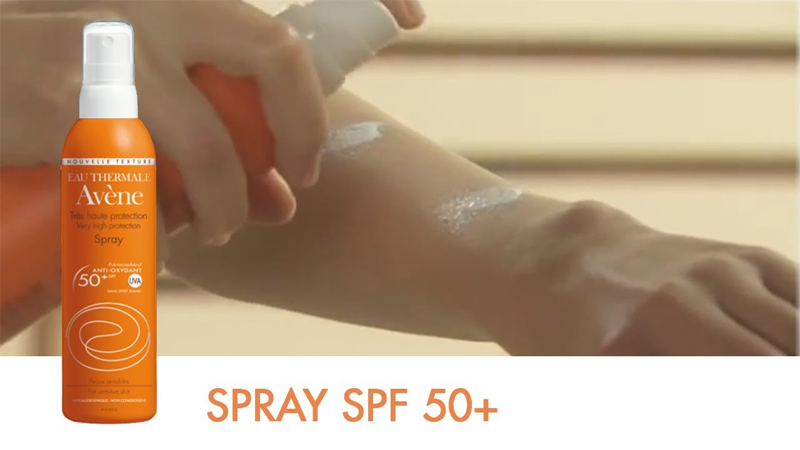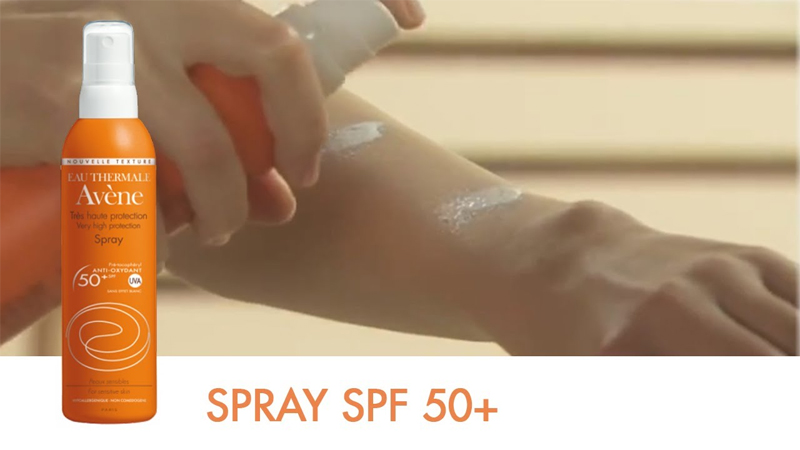Summer is approaching, and to fully enjoy the season, it’s important to choose the right sunscreen to protect your skin. The market offers a variety of options like Anessa, Biore, and more. Let’s explore how to select the perfect sunscreen to embrace the sunny days ahead!
Reference:
Pick Your Sunscreen Based on Sun Exposure
Two crucial factors to consider on sunscreen labels are:
– SPF (Sun Protection Factor): This measures protection against UVB rays. Higher SPF means longer protection. 1 SPF equals 10 minutes of sun protection. For minimal sun exposure, SPF 30-50 is sufficient.
– PA (Protection Grade of UVA): This indicates the level of protection against UVA rays. There are currently four levels: PA+ (weak, 4 hours), PA++ (moderate, 8 hours), PA+++ (strong, 12 hours), and PA++++ (very strong, 16 hours).
Look for sunscreen labeled as “water resistant” or “sweat-proof” to ensure it stays put despite sweating or swimming.

Choose the Right Sunscreen Formula
– Cream: This traditional formula is often thicker and provides more moisture. It takes a bit longer to absorb into the skin.
– Milk/Lotion: This formula is lighter and absorbs quickly, making it a popular choice for those with oily skin or as a base for makeup.
– Gel: Sunscreen gels are suitable for all skin types. They absorb rapidly and leave a smooth, moist finish.
– Spray: The latest innovation in sunscreen application. Sprays offer convenient, wide-area coverage, including hard-to-reach areas like the scalp. They also make reapplication a breeze.

Consider Additional Benefits
Oil Control
Look for labels that say “no sebum,” “oil-free,” or “matte finish.” These sunscreens help control oil production and are ideal for those who want a non-greasy, shine-free finish.
Color-Correcting Sunscreens
Some sunscreens have a pink or peach base, indicated by terms like “tone-up skin” or “bright.” These can enhance your skin tone and even replace light makeup. Others have a green or mint base to neutralize redness.

Hydrating Sunscreens
If you have dry or mature skin, look for labels with “water base,” “rich moisture,” or “essence.” These formulas provide extra hydration and are perfect for those who spend a lot of time in air-conditioned environments.
We’ve shared some essential tips to help you choose the perfect sunscreen. What’s your top criterion when selecting a sunscreen? Feel free to share your thoughts in the comments below!
For more information:
Should 20-Year-Olds Use These Top 5 Moisturizers and Benefit from Them?
As your twenties approach, it can be a daunting task to find the right moisturizer to keep your complexion looking beautiful and youthful. Don’t worry – we’re here to help! We’ve compiled a list of the top 5 moisturizers that promise to boost your skin’s hydration and leave it looking its best. Join us for all the tips and tricks to make sure your skin stays healthy and radiant throughout your twenties.






































